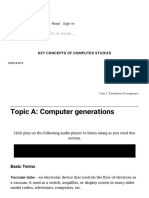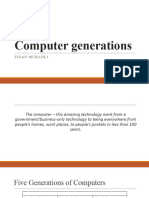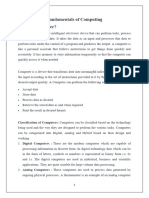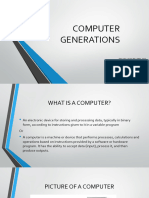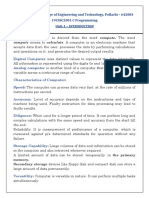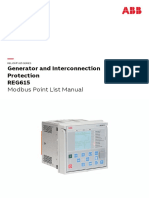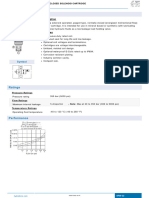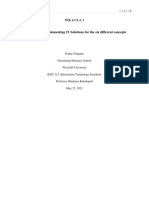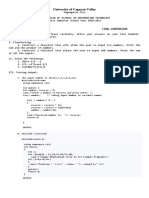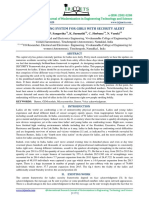0% found this document useful (0 votes)
60 views8 pagesComputer Generations Overview
The evolution of computers is often categorized into distinct generations, each marked by significant technological advancements
Uploaded by
farooqabubakar2000Copyright
© © All Rights Reserved
We take content rights seriously. If you suspect this is your content, claim it here.
Available Formats
Download as PDF, TXT or read online on Scribd
0% found this document useful (0 votes)
60 views8 pagesComputer Generations Overview
The evolution of computers is often categorized into distinct generations, each marked by significant technological advancements
Uploaded by
farooqabubakar2000Copyright
© © All Rights Reserved
We take content rights seriously. If you suspect this is your content, claim it here.
Available Formats
Download as PDF, TXT or read online on Scribd
/ 8




